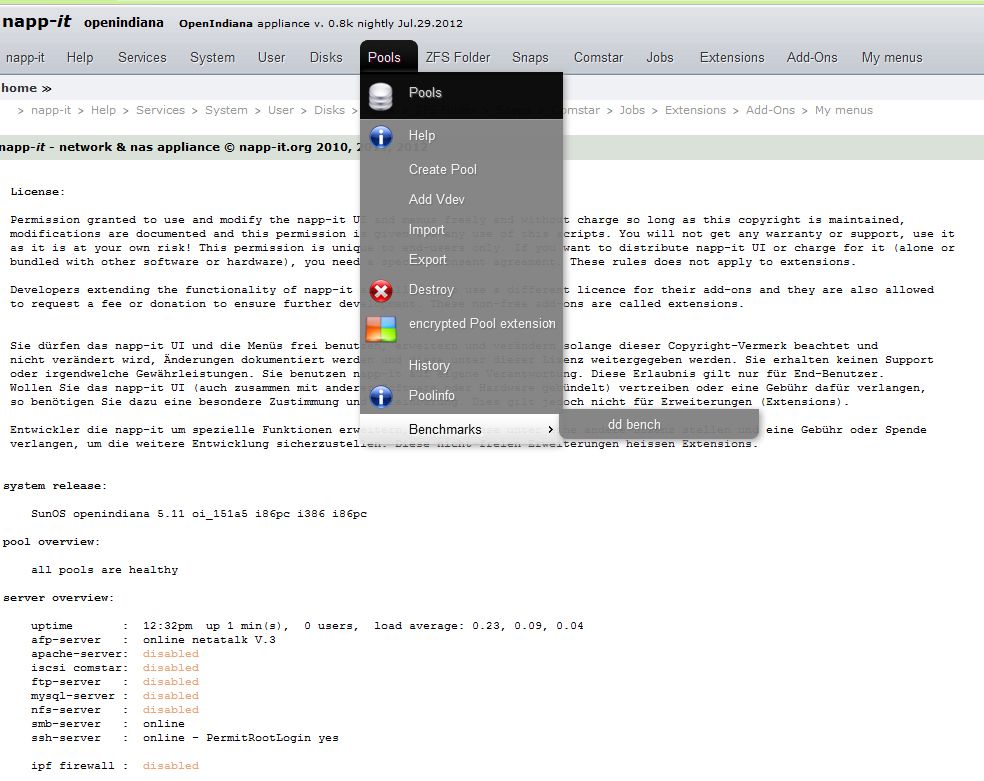wkearney99
Limp Gawd
- Joined
- Sep 8, 2010
- Messages
- 370
When you have a windows clients accessing a folder it may also have a lock on the thumbs.db file. So anything else trying to delete it would, of course, fail. Don't know that this is a napp-it or netatalk problem.
Try having all windows clients disconnected from the share. Check to be sure. Bring up a cmd prompt on the windows machines and do a "net use" command. That'll show you whatever volumes the OS has active. Just closing an explorer window doesn't release a connection. But it should disengage any lock on the thumbs.db file.
See if you can delete it from the Mac when no windows clients are connected.
Try having all windows clients disconnected from the share. Check to be sure. Bring up a cmd prompt on the windows machines and do a "net use" command. That'll show you whatever volumes the OS has active. Just closing an explorer window doesn't release a connection. But it should disengage any lock on the thumbs.db file.
See if you can delete it from the Mac when no windows clients are connected.
![[H]ard|Forum](/styles/hardforum/xenforo/logo_dark.png)




